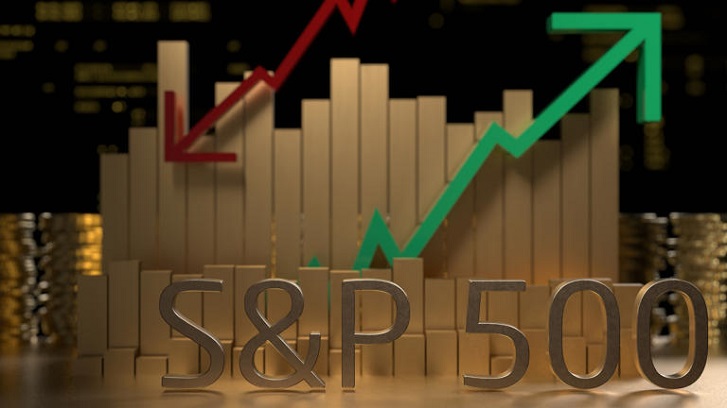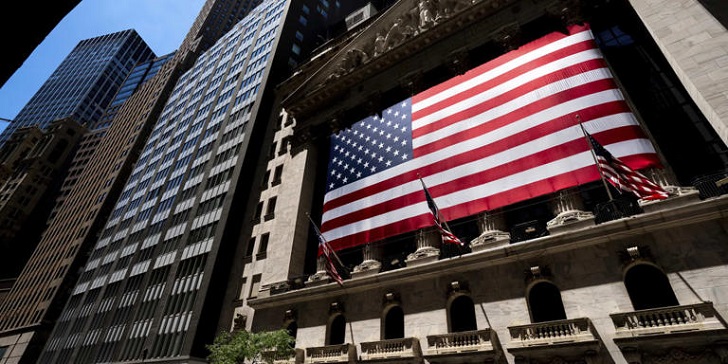The U.S. stock market may have reached its peak for 2024, according to Goldman Sachs’ chief U.S. equity strategist, David Kostin. Despite the optimism surrounding artificial intelligence (AI) and its potential benefits for various companies, Kostin suggests that there is “no return left for the U.S. stock market” this year.
Speaking at Goldman’s RIA Professional Investor Forum in New York, Kostin emphasized that the S&P 500 index has likely exhausted its upward momentum, predicting it will close the year at around 5,200.
The Market’s Climb Stalls
The S&P 500 has experienced significant growth this year, climbing 9.3% and reaching 5,214.08, its highest level since April. The index rebounded from a slight downturn in April, making a solid recovery in May. Despite this, Kostin’s outlook suggests that the market’s growth may be tapering off as it nears the end of its potential for 2024. The stock market, he points out, is “expensive” when compared to historical averages, and investors might be overestimating the U.S. economy’s growth prospects.

Growth stocks, particularly those tied to AI and technology, have been at the forefront of this year’s market surge. For instance, the Russell 1000 Growth Index has outpaced the Russell 1000 Value Index, reflecting a strong preference among investors for growth-oriented companies.
Nvidia, a key player in the AI space, has seen its market value soar to $2.2 trillion, with shares rising 79% this year. However, Kostin warns that this enthusiasm could be misplaced, especially if revenue growth for some AI-focused companies falls short of expectations.
No Return Left for U.S. Stock Market
Kostin’s cautionary stance is grounded in the belief that the current market environment is pricing in more growth than the U.S. economy is likely to deliver. He notes that while the overall S&P 500 index appears overvalued, the typical stock within the market is less expensive, indicating that the broader market is not as overheated as the headline index suggests.
This discrepancy is largely due to the outsized influence of a few megacap companies, such as Nvidia, Microsoft, and Apple. These giants, with their massive market capitalizations, have a disproportionate impact on the S&P 500’s performance. For example, while the S&P 500 has posted strong gains, the Invesco S&P 500 Equal Weight ETF, which treats all stocks in the index equally, has only risen 5.1% this year, underscoring the uneven nature of the current market rally.
AI’s Potential and the Market’s Reality
The excitement surrounding AI has certainly driven much of the recent market activity. Kostin acknowledges the transformative potential of AI but also cautions that the adoption process is still in its early stages. While some companies may see increased revenue and productivity from AI in the future, the near-term expectations might be too high. This could lead to disappointments if the anticipated benefits don’t materialize as quickly as investors hope.
In addition, Kostin points out that beyond the infrastructure supporting AI, such as cloud services, the broader economic impact of AI is still uncertain. Investors are betting on AI to be a significant growth driver, but Kostin suggests that this optimism might be premature.

He stresses that while AI adoption could become more widespread in the next five years, the immediate financial impact may be limited, which could pose a risk to the market’s current valuation.
The Broader Economic Picture
While the stock market appears to be facing headwinds, Kostin notes that the U.S. economy itself is performing well. Unemployment remains low, and inflation is gradually easing, although it has not yet reached a level that would prompt the Federal Reserve to lower interest rates.
Goldman Sachs economist David Mericle has suggested that rate cuts could begin as early as July, with a second cut potentially following in November. However, these cuts are contingent on inflation data, which investors will closely watch in the coming months.
As the market grapples with these challenges, the S&P 500 is attempting to sustain its recent gains, even as volatility declines. The Cboe Volatility Index, Wall Street’s so-called fear gauge, has fallen to its lowest level since January, reflecting a temporary calm in the markets.




